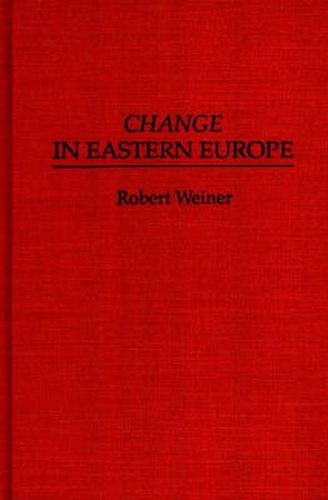Readings Newsletter
Become a Readings Member to make your shopping experience even easier.
Sign in or sign up for free!
You’re not far away from qualifying for FREE standard shipping within Australia
You’ve qualified for FREE standard shipping within Australia
The cart is loading…






The Revolutions of 1989 were a surprise to Kremlinologists because their models of change overestimated the staying power of ruling communist elites; at the same time civil society was able to form alternative political cultures which undermined the legitimacy of the socialist order. The Revolutions were the result of a prolonged systemic crisis of communism, combined with the unwillingness of Gorbachev to use force to maintain the Eastern European rulers in power. Civil society lost its fear of the repressive apparatus of the communist system as the ruling elites became increasingly disunited as to how best to respond to the crisis. After the Revolutions, other surprises were in store as the transition unfolded and the process of democratic consolidation encountered unanticipated obstacles. Weiner details these issues in an up-to-date examination of change in East Europe. After reviewing the history of the region and the imposition of communism, he analyses the collapse of communism and the efforts to create stable alternatives country-by-country. In addition, he examines models of change and the foreign policies of the region. This is a valuable guide to the area that should helpful to political scientists and others concerned with contemporary Eastern Europe.
$9.00 standard shipping within Australia
FREE standard shipping within Australia for orders over $100.00
Express & International shipping calculated at checkout
The Revolutions of 1989 were a surprise to Kremlinologists because their models of change overestimated the staying power of ruling communist elites; at the same time civil society was able to form alternative political cultures which undermined the legitimacy of the socialist order. The Revolutions were the result of a prolonged systemic crisis of communism, combined with the unwillingness of Gorbachev to use force to maintain the Eastern European rulers in power. Civil society lost its fear of the repressive apparatus of the communist system as the ruling elites became increasingly disunited as to how best to respond to the crisis. After the Revolutions, other surprises were in store as the transition unfolded and the process of democratic consolidation encountered unanticipated obstacles. Weiner details these issues in an up-to-date examination of change in East Europe. After reviewing the history of the region and the imposition of communism, he analyses the collapse of communism and the efforts to create stable alternatives country-by-country. In addition, he examines models of change and the foreign policies of the region. This is a valuable guide to the area that should helpful to political scientists and others concerned with contemporary Eastern Europe.